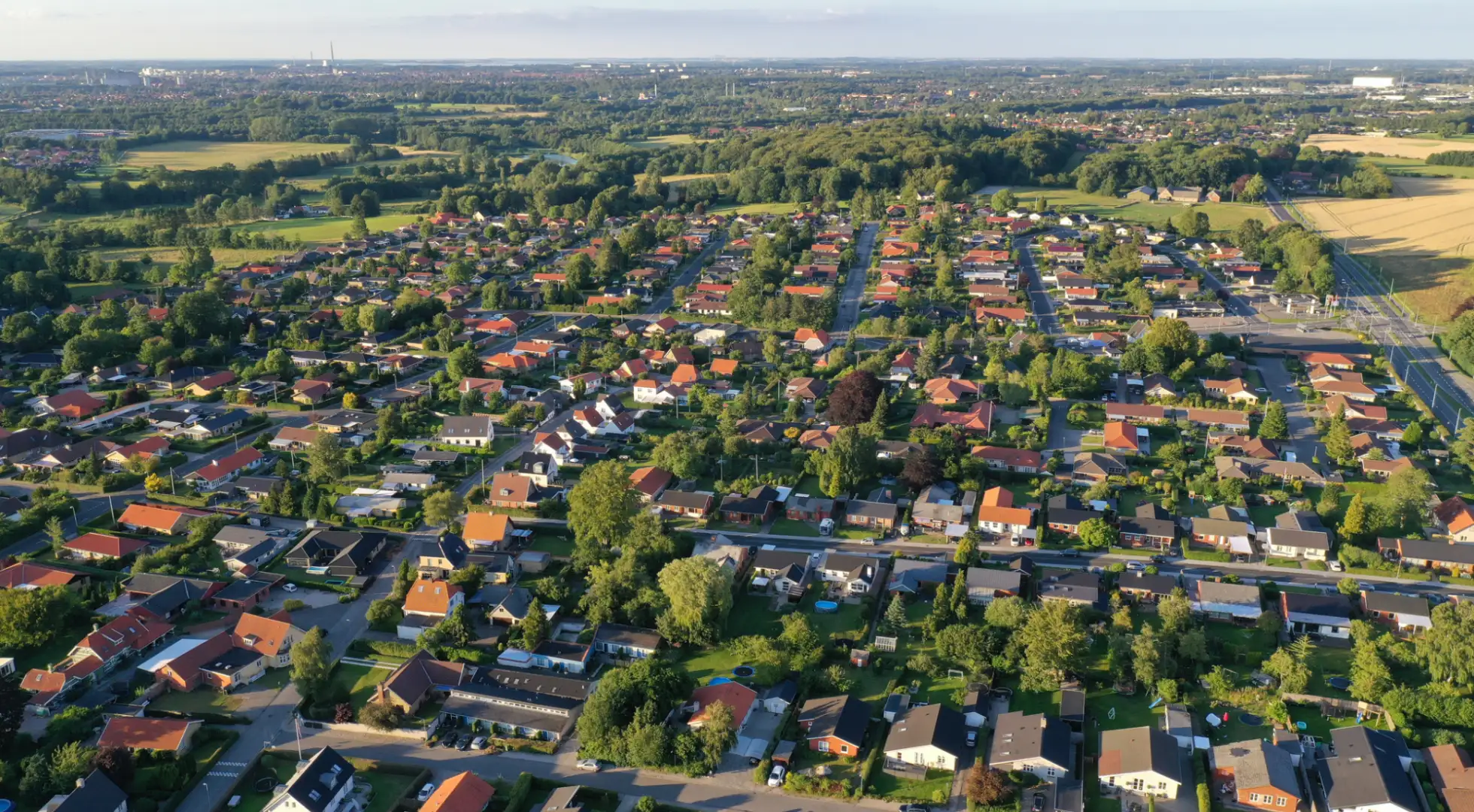U.S. Housing Market Is Missing 5.2 Million Single-Family Homes

According to a report from Realtor.com, the U.S. housing market is short 5.2 million single-family homes because of years of underbuilding.
If builders could double this year’s increased pace of new home production, it still would take five to six years to close the gap, according to a report from Realtor.com.
“The pandemic has certainly exacerbated the U.S. housing shortage, but data shows household formations outpaced new construction long before covid,” said Danielle Hale, Realtor.com’s chief economist. “Put simply, new construction supply hasn’t been meeting demand.”
The housing shortage that existed before the COVID-19 pandemic was made worse after the lowest mortgage rates on record boosted demand. While there was an initial pause in the real estate market when infections began surging in the U.S. in March 2020, it was followed by a boom as families working and schooling from home decided they wanted new digs.
“Being stuck at home led to a re-examination of home life, resulting in increased housing demand across the country,” the report said.
In the early weeks of the pandemic, the Federal Reserve announced it was resurrecting a bond-buying program it first used during the 2008 financial crisis to support the economy. The Fed, as the biggest buyer of mortgage bonds, sent rates below 3% for the first time ever in July 2020.
That boosted buyers' ability to bid higher for homes, resulting in a spike in property prices. Cheaper financing increases the size of a mortgage most applicants can get because lenders compare income against the new monthly mortgage bill plus other debt obligations.
Even with the lure of higher sale prices, builders struggled to meet demand because of supply-chain issues caused by the pandemic that increased the cost of materials such as lumber.
According to lumber futures traded at CME Group in Chicago, the cost of lumber more than quadrupled to a record high in early May, compared with the start of the pandemic. Since then, prices have retreated to about double their level at the start of the pandemic.
“As housing demand ramped up, the construction industry ran into issues with material and labor scarcity, driving the cost of both inputs up and widening the already large gap between home construction and household formations,” the report said. “Housing demand was strong enough that these hang-ups did not stifle home sales growth, but these trends exacerbated the preexisting shortage, making the problem worse.”




